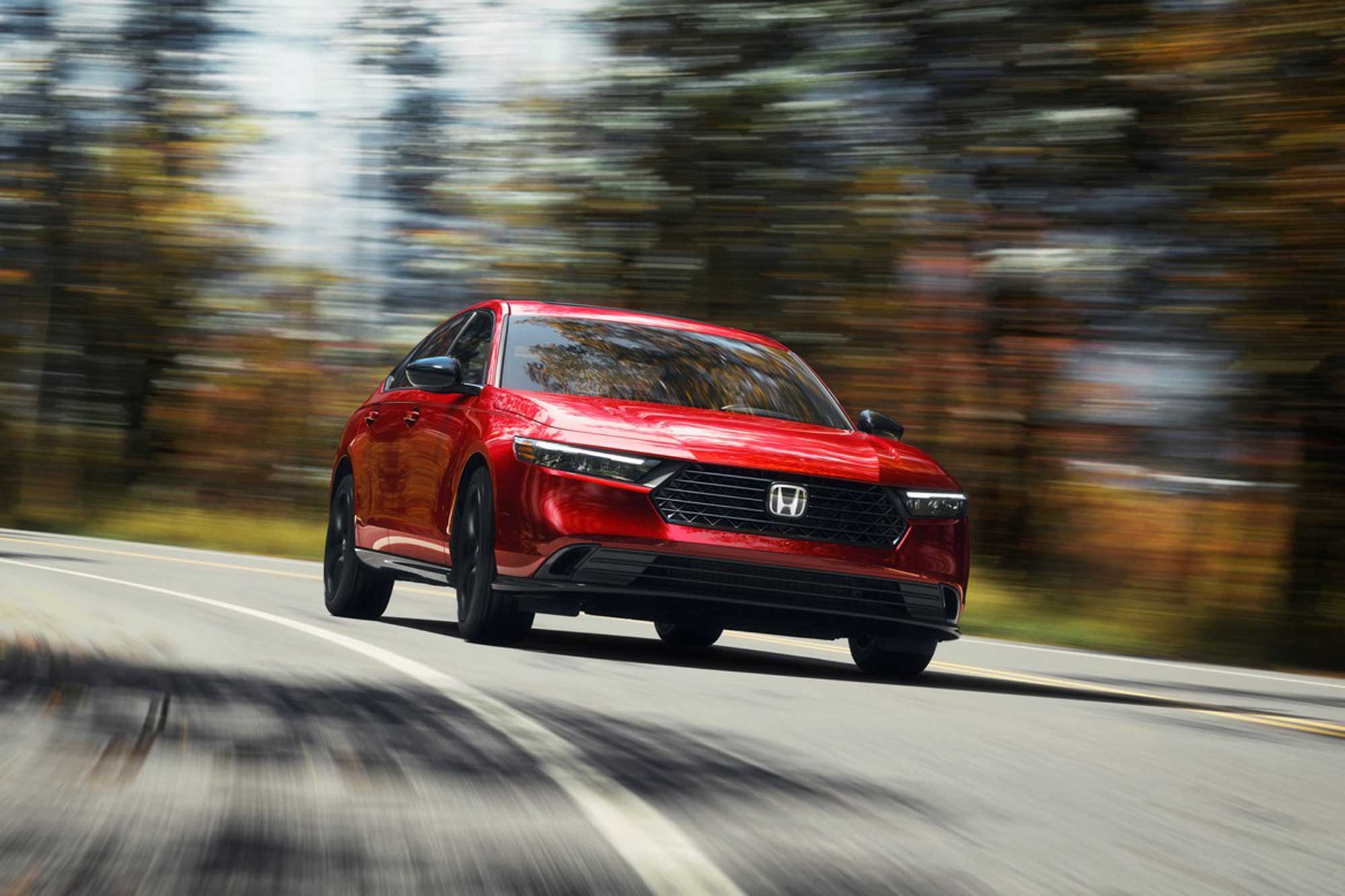What Are Automotive Trim Levels?
You might not be able to order a car exactly how you'd like it.
 Honda
Honda
To make the shopping and building process simpler, automakers generally offer their models in several ways, with different amounts of standard equipment. They give each of these configurations a price and a name, creating what's known as a trim level.
This is a departure from the past, when carmakers allowed buyers to choose most options (including things like leather seating, an upgraded audio system, and even the powertrain) à la carte. The trim-level approach limits how shoppers can specialize their vehicles. At the same time, this arrangement may require buyers to make compromises in content.
Common Trim-Level Names
When using an automaker's website to price a model, you'll generally start by choosing a trim. The number of model variants will vary by brand, but most configurators allow you to compare the equipment of each and see whether a desired feature is available with a given trim level.
Carmakers tend to recycle their designations, using the same names or letter combinations (e.g., LS, SX, and SR5) across their vehicle offerings. Trouble is, these names aren't always original. Certain trim levels have become commonplace to multiple brands. For instance, both Honda and Kia offer EX trims, while Hyundai, Ford, Jeep, Subaru, and Toyota all use Limited as an upper trim. Sport, Touring, and Premium grace the lineups of many models as well.
For some auto brands, letter combinations do not stand for anything and have no particular meaning — at least not anymore. That said, the modern Chevrolet Camaro's RS trim stands for Rally Sport and alludes to the RS appearance package offered on the 1967 to 1981 Camaro, according to the automaker.
Trim Levels Force Choices
Nowadays, automakers tend to include a fair amount of equipment on the base model (which may not have a specific trim-level name). However, they may not offer many options beyond that. To get one or two desirable features, you might need to step up to a higher trim at a higher cost regardless of whether you want the other features included in that trim.
Is the Top Trim the Best?
In terms of features, top trim will get you the most options. The top trim level should provide either the most equipment or the best performance — sometimes both. It may also be the only trim level to offer certain luxuries, such as a higher-grade leather, a costly audio system, or ventilated seats.
It's likely not the best value, though. Generally automakers include all the must-have stuff lower down in the lineup. And the final price of a top-trim model may exceed the base price of something in the next class. For instance, the range-topping Honda Civic Touring with leather upholstery, heated front seats, a Bose premium audio system, and every driver-assistance feature Honda offers blows past the entry Honda Accord's price. While the larger sedan lacks such luxury features in its base form, it could be a more practical car for some buyers.
Written by humans.
Edited by humans.
 Jim Koscs
Jim KoscsJim Koscs has been writing about cars for more than 30 years, his byline appearing in national enthusiast and trade publications, newspapers, and websites. He covers a broad spectrum of topics in automotive business, culture, collecting, design, history, racing, and technology. The "car thing" goes way back for Jim. At the 1968 New York Auto Show, he snuck away from his father to get a better look at a Rolls-Royce... from underneath it, to see if it had dual exhausts. (It didn't.)
Related articles
View more related articles